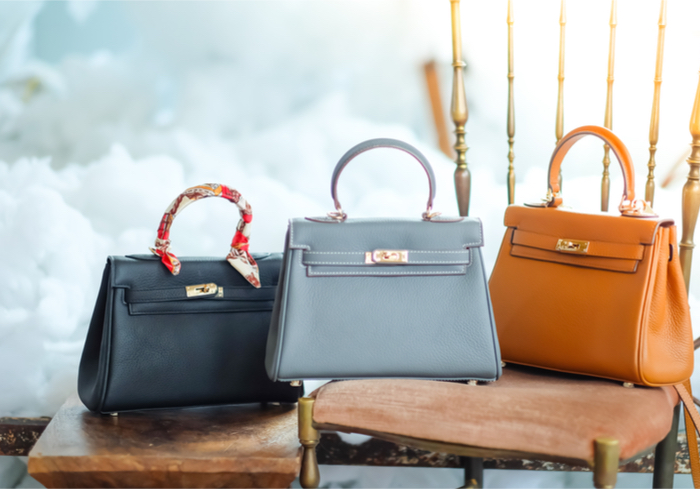
Driven by younger customers, such as millennials and teens, casual luxury is bolstering sales of luxury apparel, handbags and footwear. According to research from Bain, consumers — particularly teens — are looking for low-brow statements in items such as sneakers, T-shirts and rubber sliders, CNBC reported.
“The really-growing brands now beating the market are the ones already hooking these teenagers,” Bain Partner Claudia D’Arpizio told CNBC.
While younger consumers had not been previously drawn to luxury, they’re now buying individual items such as a T-shirt as opposed to an entire collection. The change in behavior is due, in part, to social media sites such as Instagram. These platforms bring urgency to fashion and serve as a newsfeed for brands. But, at the same time, apparel is seeing slower growth than accessories, as there is less demand for formal wear compared to elements of casual luxury. Overall, the sale of personal luxury items rose 8 percent in 2017 from €260 billion to €280 billion. In Asia, China is projected to have growth of 20 to 22 percent in 2018.
Millennials and Generation Z were expected to make up 45 percent of the high-end purchasing group within a seven-and-a-half-year timeframe, as reported in 2017. But, with 56 percent of millennials around the world spending more money on luxury items that year, YouGov’s “Affluent Global Perspective Study” suggests the industry may have a tough time on its hands. This consumer group is shaping up to be different than the traditional high-end buyer. While 74 percent of millennials agree that high-end items show off status by communicating to the world that they have money, 72 percent say a successful career is a major way of self-identification.
With the latter opinion being of much higher value than with previous generations, luxury marketers and brands are going to need to think of innovative ways to reach out to this market segment. Another factor contributing to the luxury-minded millennial, along with their penchant for a successful career, is the fact that most are waiting a bit longer to get married than previous generations. As such, millennials have more money at their disposal than Generations X, Y and baby boomers.